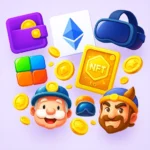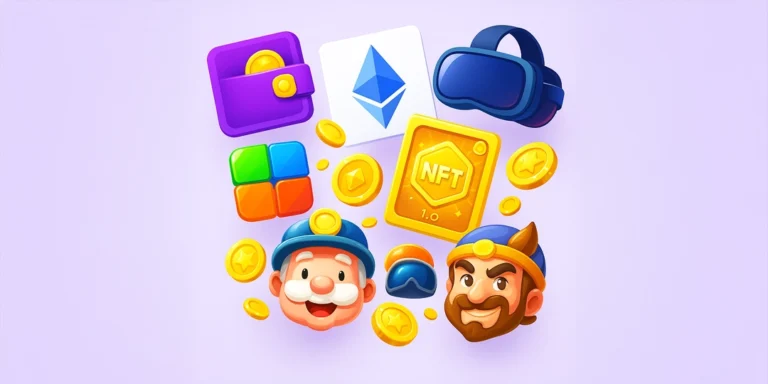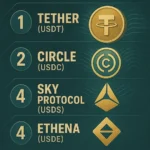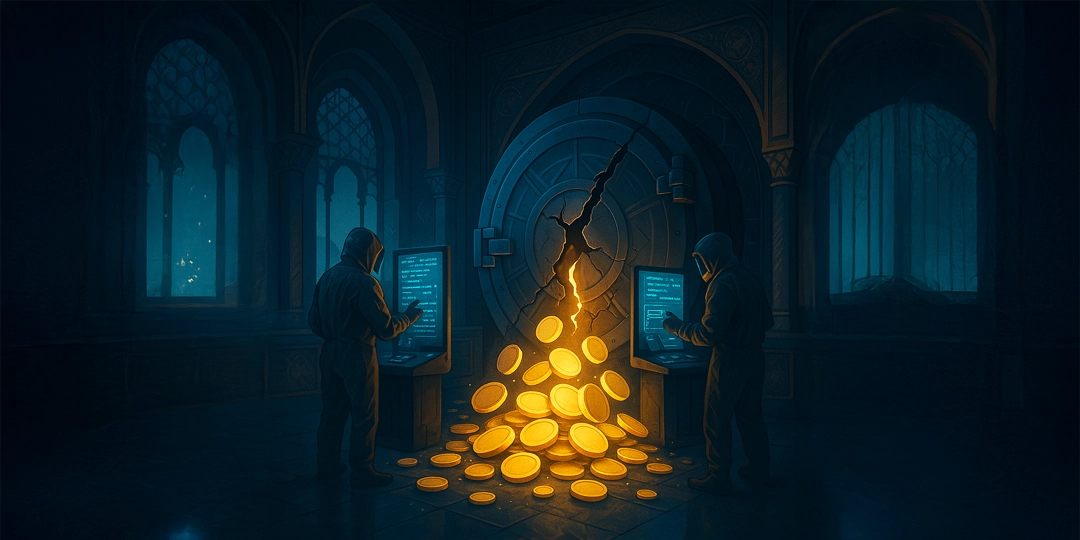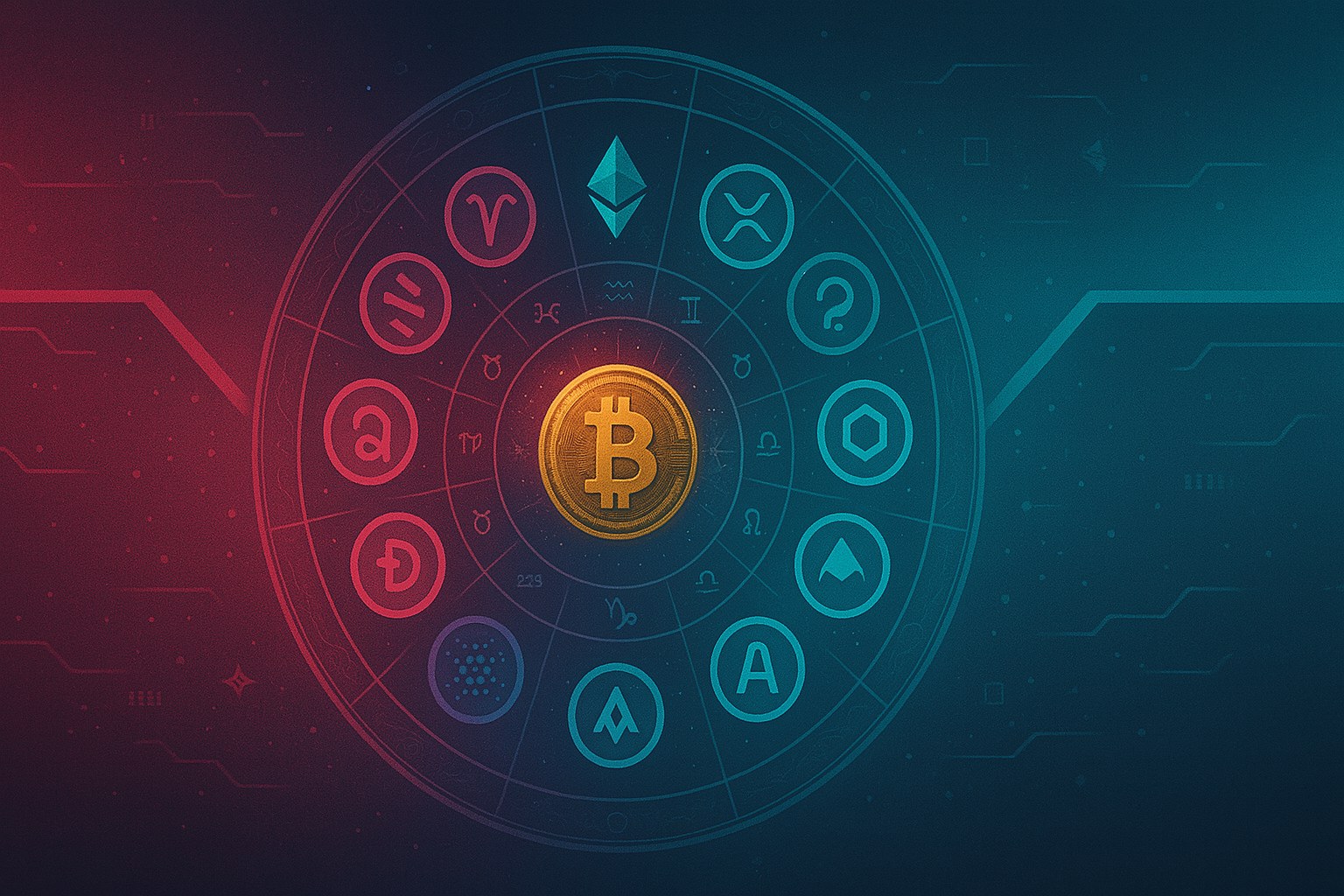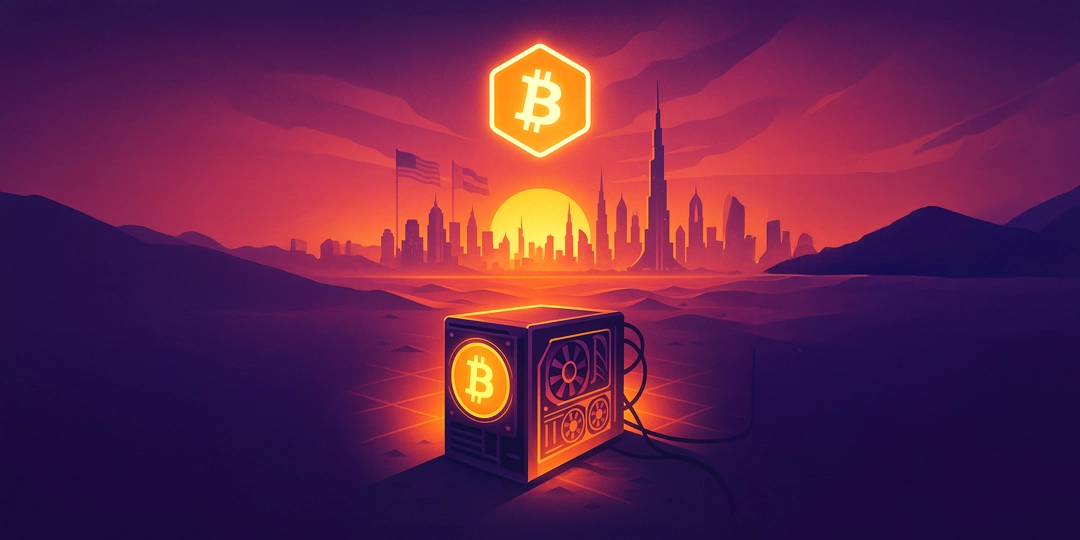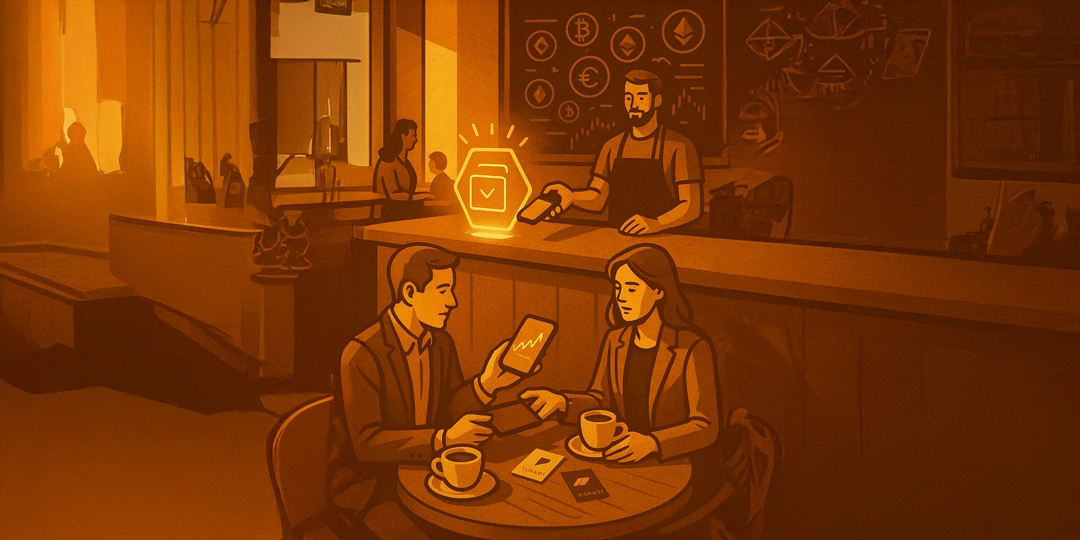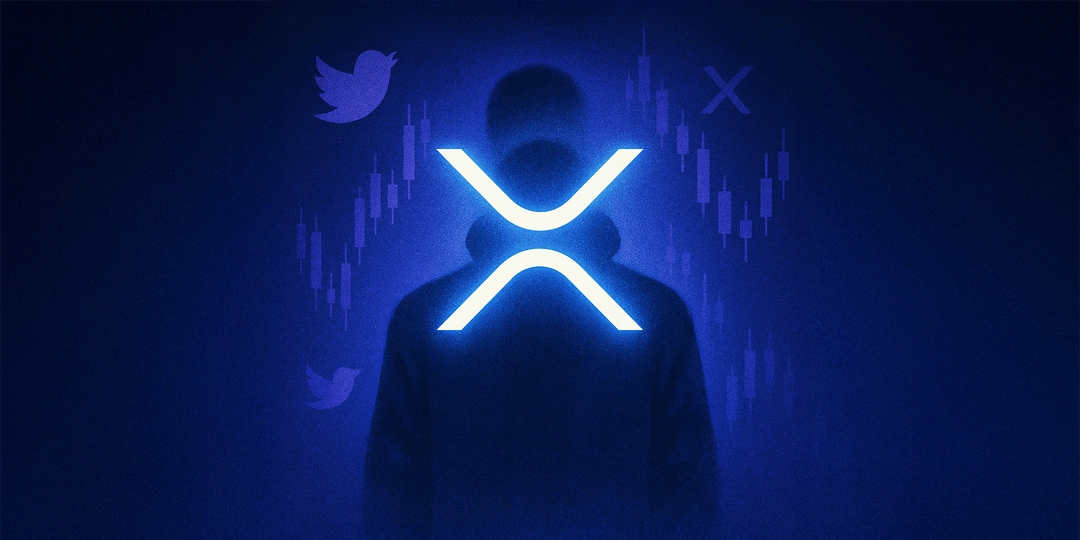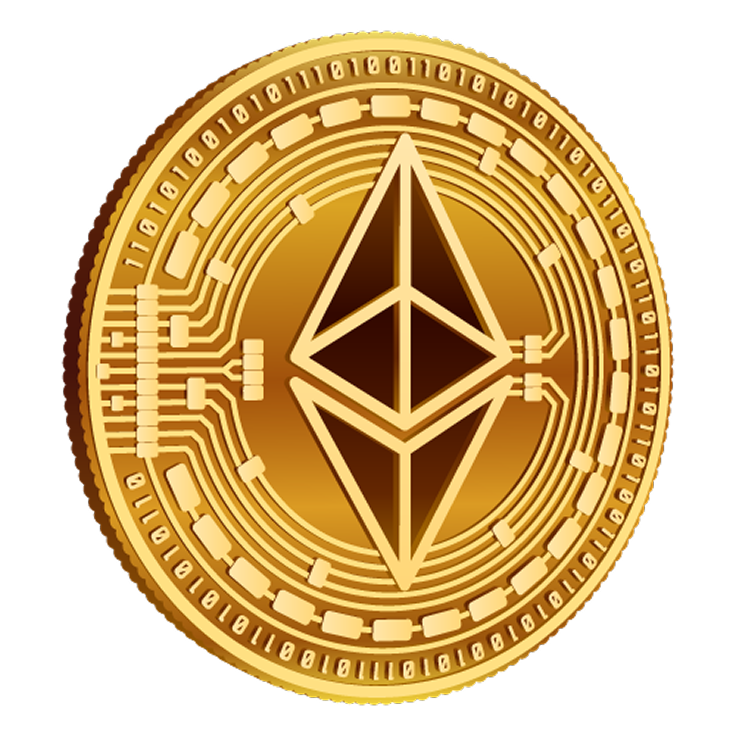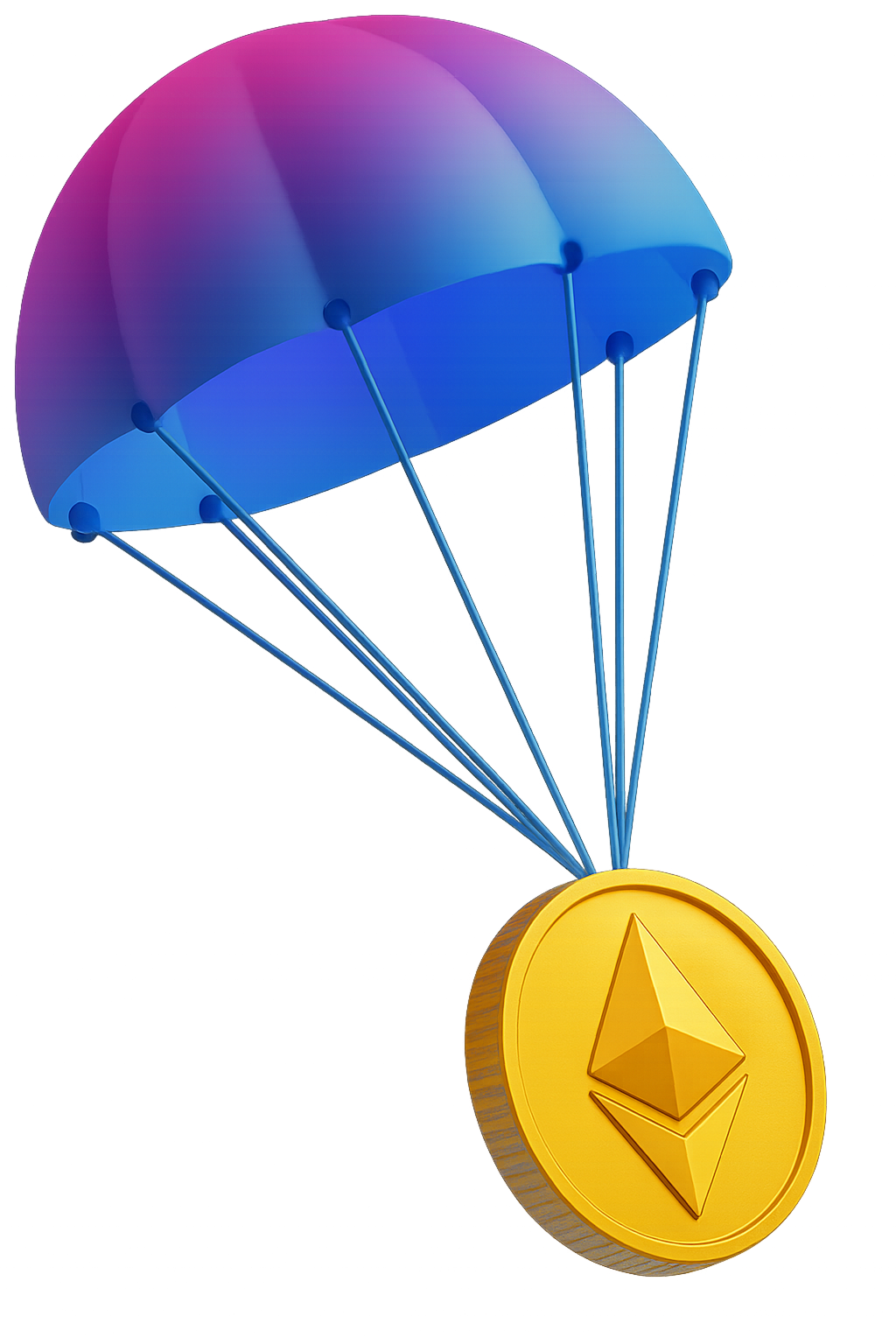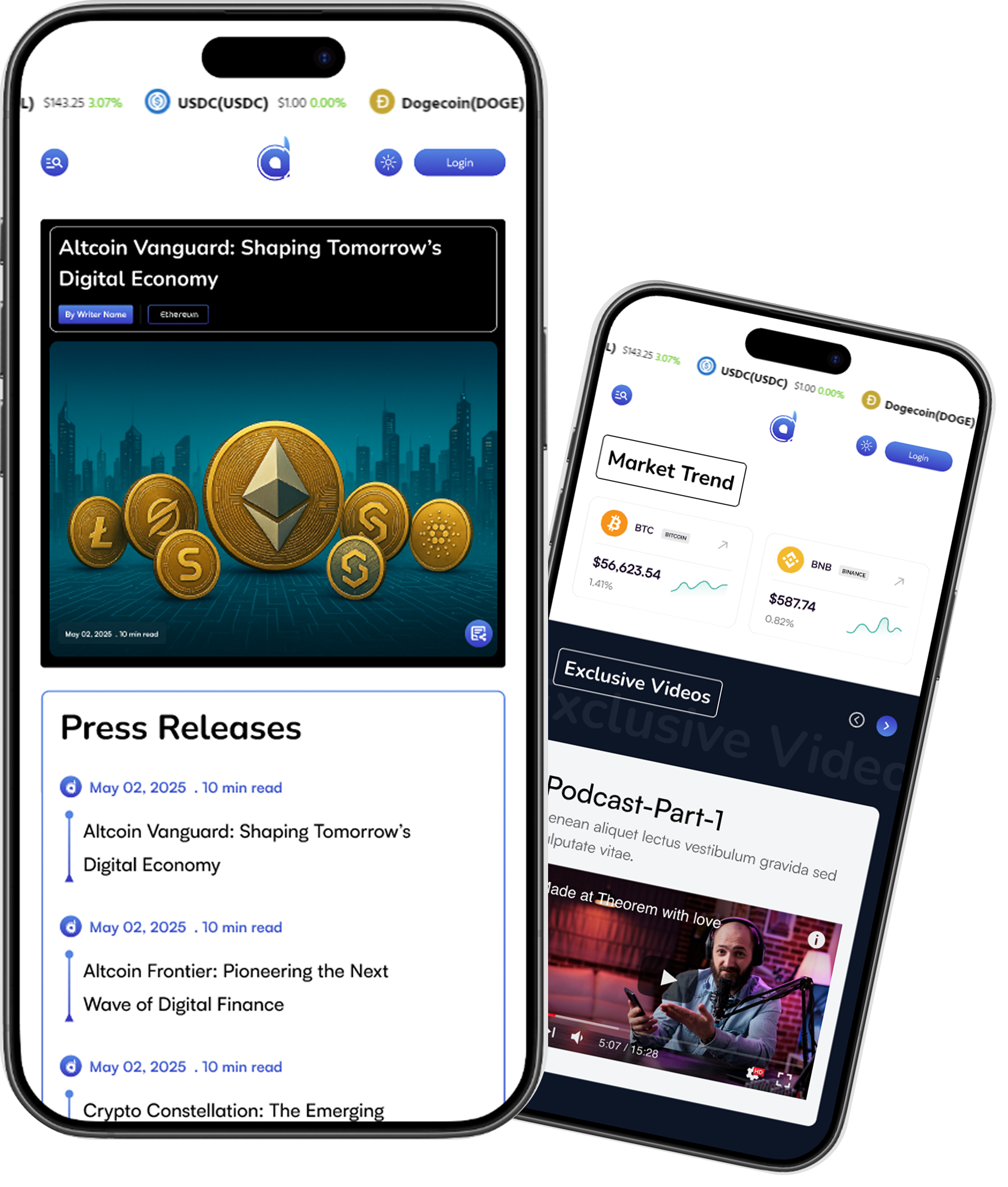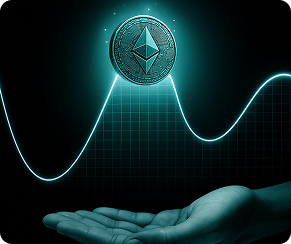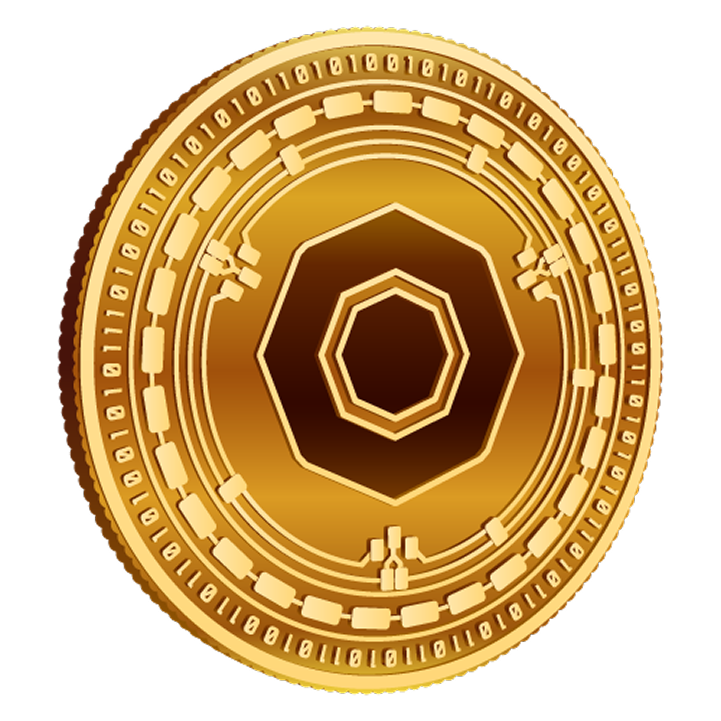For half a decade, the debate between the Play-to-Own and Play-to-Earn models has dominated social media channels and trading desks. Both promise to reward gamers for their time, yet they diverge on what players receive: spendable tokens or verifiable ownership. Today, studios from The Sandbox to a raft of Telegram mini-games are rewriting their economies with two models and one big question: are you in it for the payday or the keepsake?
Play-to-earn (P2E): Boom, bust, and lessons
Think digital hustle! Play the game, snag crypto, tokens, or unique NFTs, and cash them out if you want. The thrill? Turning gameplay into potential income. Games like Axie Infinity became economic engines, especially in some Asian regions. Players owned their in-game assets (like Axies), could trade them, and derived tangible value. It was crypto gaming’s wild ride.
- The glow: Income potential and vibrant player-driven economies.
- The grim reality: Relentless focus on grinding for token rewards often overshadows fun. Tokenomics frequently faltered—hyperinflation crashed token values, unsustainable rewards dried up, and gameplay became a chore. The “earn” pressure often killed the “play” joy. Projects struggled with balancing fun and finance.
Play-to-own (P2O): Pixels with deeds
For play-to-own (P2O), it is about building your digital empire rather than cashing out daily, and gamers accumulate assets that can appreciate over time. Pioneered by visionaries like Sebastien Borget of The Sandbox (as highlighted at Consensus Hong Kong 2025), P2O shifts the emphasis. It’s not just about earning tokens today; it’s about acquiring meaningful, lasting ownership of the actual game world and its assets.
- True digital landlords & creators: True player ownership—players earn or acquire NFTs representing land, unique items, avatars, or even game mechanics. Crucially, these assets hold inherent utility and value within the game’s ecosystem and beyond.
- Beyond speculation: Value stems from utility, scarcity, and player contribution. Own land? Build experiences on it, host events, and generate revenue. Own a rare weapon skin? It enhances gameplay and status. The focus is on long-term participation and building.
- Sustainability focus: P2O models aim for deeper economic resilience by tying value to tangible in-game utility and player creativity, not just token emission. As Borget emphasized, it’s about fostering a creator economy within the game.
At-a-glance differences
| Play-to-Earn | Play-to-Own | |
| Primary Driver | Token Rewards | Asset Ownership & Utility |
| Player Motivation | Earn Income | Own, Create, Influence, Enjoy |
| Economic Foundation | Tokenomics (often fragile) | Asset Utility & Scarcity (aiming for stability) |
| Gameplay Feel | Can feel like work | Aims for deeper engagement and fun |
| Value Horizon | Often short-term (token price) | Long-term (asset utility/appreciation) |
Signals smart traders track
Seasoned analysts now gauge projects by where they land on the play-to-own vs play-to-earn model spectrum. Sandbox COO Sébastien Borget says AAA studios are adopting quarterly “LiveOps” seasons, battle passes, quests, and rotating rewards to smooth token velocity and mimic conventional revenue curves. Favor games that cap issuance, burn fees, or let NFTs produce yield (think rentable land or revenue-sharing characters).
From extraction to equity
Every cycle spawns new acronyms, yet the play-to-own vs play-to-earn model split endures because it asks whether a game extracts value or shares it. P2E turned gameplay into a paycheck but exposed millions to boom-and-bust tokenomics. P2O reframes time in virtual worlds as equity—own today, profit when markets agree tomorrow. For traders balancing upside and risk, spotting where a studio truly sits on the web3 gaming map could be the smartest quest reward of 2025.
